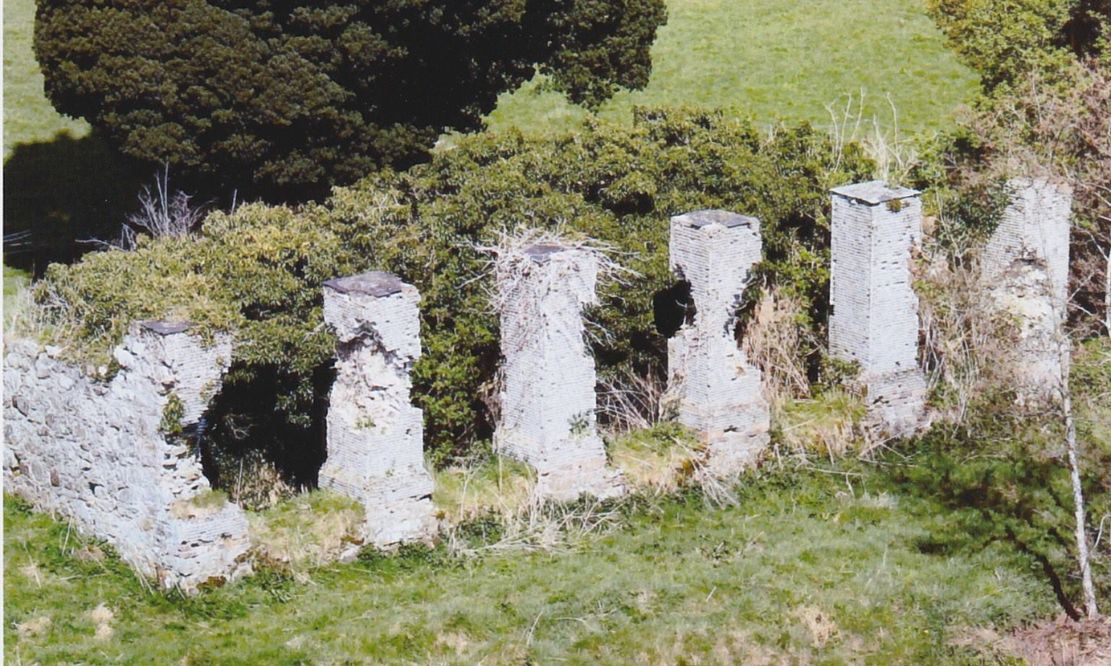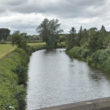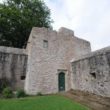
Tucked away in a quiet corner of the sleepy Caledon Estate, with nothing but the sound of the babbling River Blackwater for company, lays an unassuming but astonishing feat of 18th century architecture.
What once stood proud, with a facade of five prominent piers faced with the femurs of oxen or deer, almost a brilliant white against the surrounding pasture, Caledon’s Bone House is now sadly in a state of near ruin; marked as a listed building in critical condition.
The Bone House was the bizarre brain-child of John Boyle 5th Earl of Orrery and was painstakingly assembled within the grounds of the estate in the year 1747 with bones presumably gathered from the detritus of local tanneries and butcheries.
According to J. J. Tohill of Happy Ireland, there are in the region of some 10,000 oxen bones laid knuckle to knuckle and fixed with a cement in such a way as to almost entirely conceal the joins.
Why the 5th Earl decided to embark upon the erection of such a structure remains unclear. Some have surmised it was used as an extravagant Rococo-style summerhouse of all things! Perhaps, it needed no reason, it may have just been a product of the follies of the fantastically wealthy.
Whatever the reason for its coming to being, The Bone House stands, and a structure of such grim countenance couldn’t possibly stand for some 250 years without accumulating an amount of folklore to boot!
A local legend is told of the Ivory Palace having been built, not of the bones of oxen, but of humans. Suspicious neighbours of the estate rumoured that the bones had belonged to the fallen English troops of the 1646 Battle of Benburb.
According to Estate Manager Chris Gill the Bone House is, to his knowledge, one of only two such Italianate structures in the entire world! For this reason, it remains vital that it stay as intact as possible, free from disturbance, safe and secure within the private grounds of the estate.



